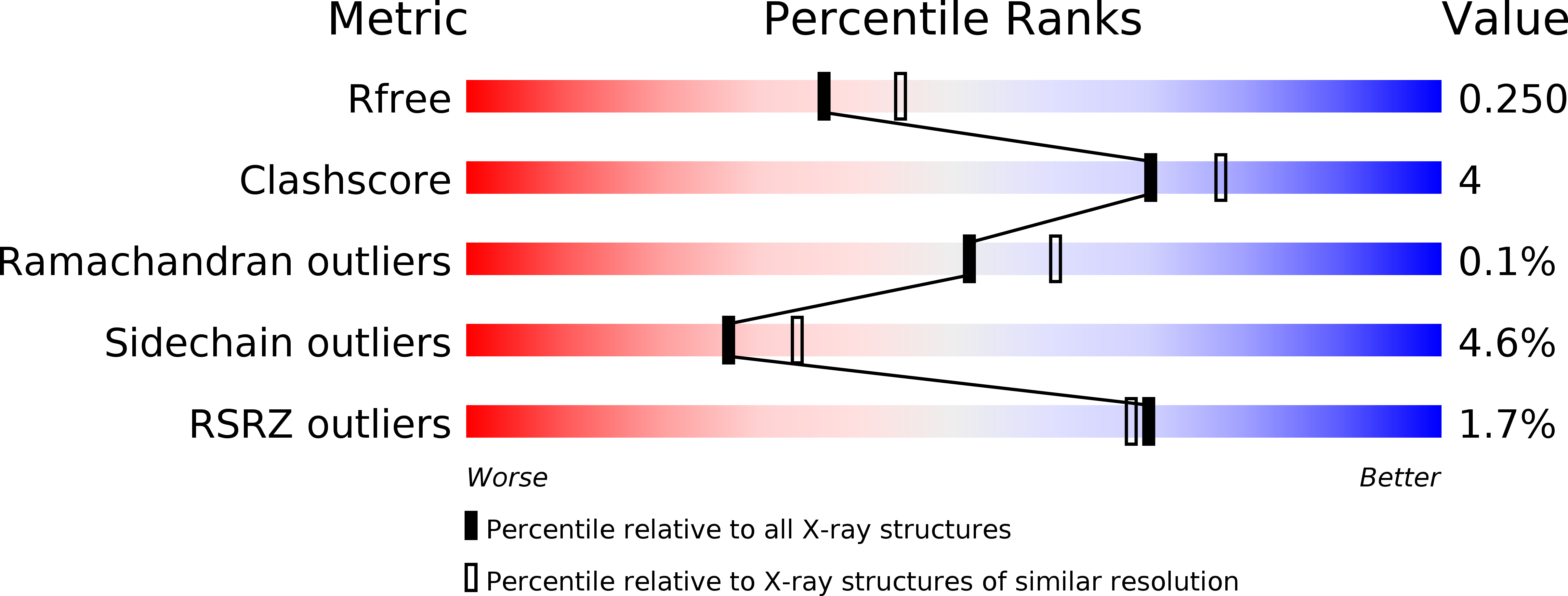
Deposition Date
2013-07-28
Release Date
2014-02-19
Last Version Date
2024-03-20
Entry Detail
Biological Source:
Source Organism:
Trypanosoma brucei brucei (Taxon ID: 999953)
Host Organism:
Method Details:
Experimental Method:
Resolution:
2.20 Å
R-Value Free:
0.24
R-Value Work:
0.20
R-Value Observed:
0.20
Space Group:
P 1 21 1


